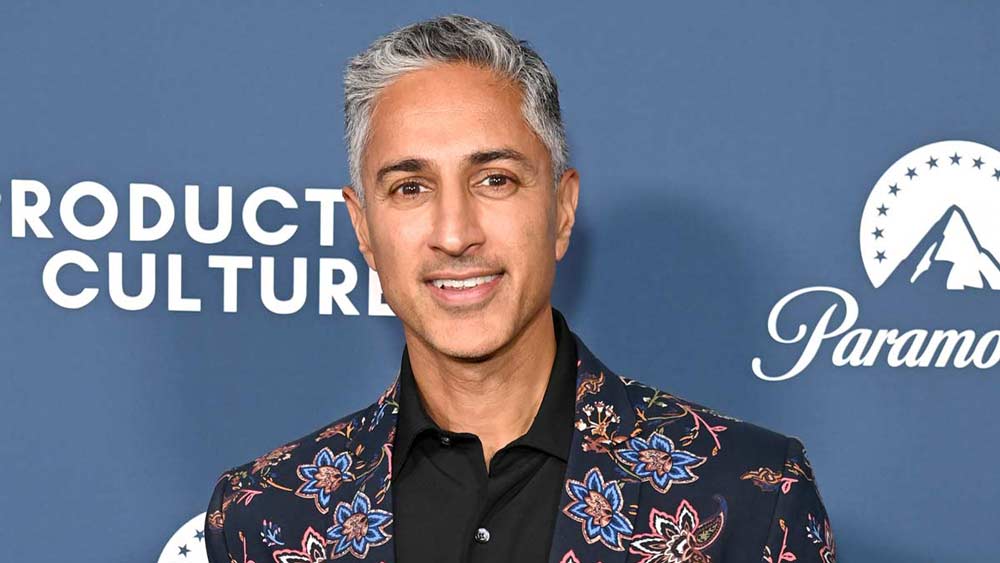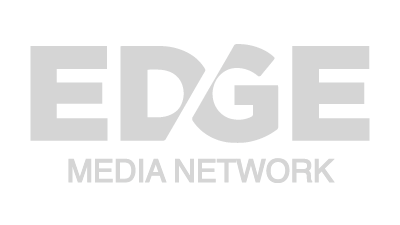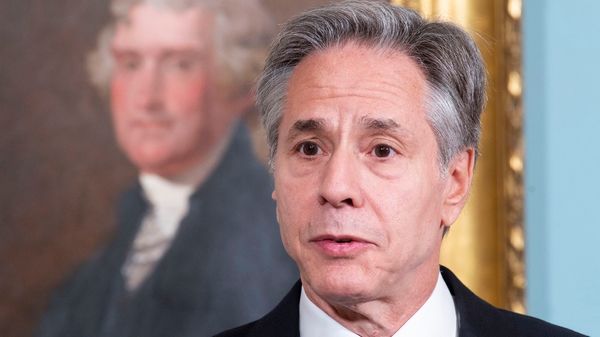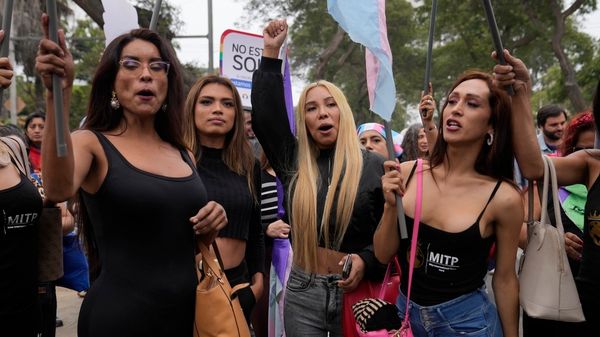January 30, 2014
Congress to Restore Partial ADAP Funding; Not Enough, Say ASOs
Winnie McCroy READ TIME: 3 MIN.
Congress has agreed to restore some of the devastating federal cuts to HIV/AIDS programs done in last year's sequestration. For the first time since 2011, both chambers of Congress will pass an omnibus spending bill to fund the federal government, at least until October. But ASOs say it's just not enough.
"While we appreciate the restoration of much of the funds that sequestration had stripped from HIV/AIDS care and prevention programs, the amount allocated for fiscal year 2014 is still considerably lower than what was allocated in 2012 and before the sequester took effect last year," said Daniel C. Montoya, Deputy Executive Director of the National Minority AIDS Council."
The deal, which was struck by House Budget Chairman Paul Ryan (R-WI) and Senate Budget Chair Patty Murray (D-WA), restored much of the critical HIV/AIDS funding that had been stripped away by sequestration.The Ryan White program will receive $70 million more than it did last year, including $14 million for the AIDS Drug Assistance Program (ADAP). The Centers for Disease Control and Prevention will see $19 million more for HIV prevention than it did in 2013, while the National Institutes of Health's Office of AIDS Research will receive an additional $100 million.
Under sequestration, funding for these critical prevention and treatment programs decreased nationwide by over $230 million, leading to layoffs and significant reductions across HIV programs and services, fewer pantry meals, less legal and advocacy services hours for clients facing eviction and other threats to their health and well-being, and new waiting lists for people in need of crisis support and mental health counseling.
Analysis by experts at GMHC reveal that amidst a $130 million decrease in funding since 2012 for the CDC's Division of HIV Prevention, Ryan White programs, and Housing Opportunities for People Living with AIDS, the estimated U.S. population living with HIV will be approximately 1,300,000 by the end of 2014, an increase of approximately 34,000 new infections (see chart).
"Just as the HIV/AIDS community is working towards ending the epidemic levels of HIV nationally, extremists in Congress continue to pull the rug right out from under us," said Janet Weinberg, GMHC's Interim CEO. "They cry poor to justify penny pinching with the lives of people living at the intersection of HIV, poverty and homelessness. However, their cuts will likely increase the prevalence of HIV, which further increases the cost and duration of the epidemic. FY14 appropriations for the critical treatment and prevention funding streams included in our analysis represent just 0.3 percent of the overall $1.1 trillion budget. Congress has the money to fully restore funding to fight HIV/AIDS. It's simply not choosing to do so."
The FY14 budget only restores approximately $100 million, preventing ASOs across the country from returning programs and services to their pre-sequestration levels. Additionally, it completely cuts the "Hold Harmless" provision of the Ryan White CARE Act. Implemented since 1996, Hold Harmless provided additional resources to New York City and other epicenters of the epidemic to help prevent catastrophic shifts in funding as the epidemic changes.
Rather than continue this controlled and measured allocation process, the FY14 budget immediately redistributes over $21 million in funds. As a result, GMHC estimates that the New York City metropolitan area will see a net loss of between $3 and $5 million in Ryan White funding, despite the small increase in overall funding included in the FY14 budget.
"We fought hard to successfully end sequestration, and along with the 30 members of AIDS United's Public Policy Committee, representing organizations across the country, we presented a unified voice in support of maintaining Hold Harmless to members of Congress on both sides of the aisle," said Jason Cianciotto, GMHC's Director of Public Policy. "In the end, the same extremists who caused the government shutdown refused to include our proposal in the budget."
NMAC's Montoya said that there was just too much at stake for a lack of funding to persist.
"We are at a critical juncture in our fight against this epidemic," he said. "Advances in science have provided powerful new tools to prevent infections, such as pre-exposure prophylaxis (PrEP), but communities of color continue to be disproportionately impacted, with gay and bisexual men -- especially Black gay men -- facing alarming increases. Now is not the time to relent, but rather recommit to the struggle to end this epidemic. And we cannot do this unless Congress allocates appropriate funding to our programs."
Winnie McCroy is the Women on the EDGE Editor, HIV/Health Editor, and Assistant Entertainment Editor for EDGE Media Network, handling all women's news, HIV health stories and theater reviews throughout the U.S. She has contributed to other publications, including The Village Voice, Gay City News, Chelsea Now and The Advocate, and lives in Brooklyn, New York.




